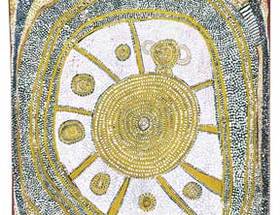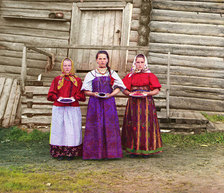Stunning news from Austrian: Vermeer’s largest painting, The Art of Painting, has been
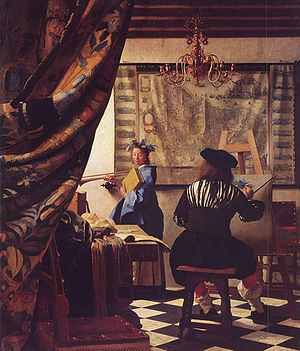 claimed by the heirs of a prominent Austrian family who say the work was sold by force to Adolf Hitler. American soldiers rescued it from salt-mine storage.
claimed by the heirs of a prominent Austrian family who say the work was sold by force to Adolf Hitler. American soldiers rescued it from salt-mine storage.
The work has hung in the Kunsthistoriches Museum in Vienna since 1946; the priceless 1665-6 painting is probably the most important work ever subjected to a restitution claim. I surely can’t think of another. It’s also Vermeer’s only “self-portrait,” albeit only his back.
According to news reports from Europe, Andreas Theiss — a descendant of Count Jaromir Czernin — has asked the Austrian Culture Ministry to return the painting. Theiss told Der Spiegel that Czernin, whose wife was Jewish, had sold the work “to protect the life of his familiy” for a price of no more than 1 million Reichmarks, “a fraction of its value.” Czernin was also related to an Austrian leader deposed by the Nazis.
The Culture Ministry confirmed the claim to Agence France Presse and said it would refer the request to a restitution committee. AFP also said that the family had claimed the painting before, in the 1960s, but their requests were denied by a ruling that said the sale was voluntary and the price was appropriate.
New laws have taken effect since then — and new attitudes, too.

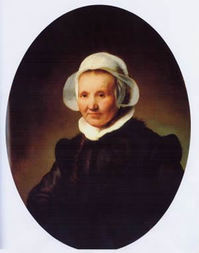
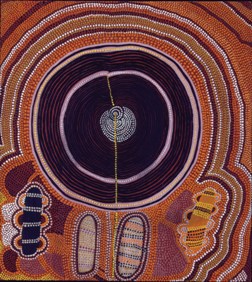 Here’s one I’m really eager to see: Icons of The Desert: Early Aboriginal Paintings From Papunya, which opened on Sept. 1 at the Grey Art Gallery of NYU. Organized by the Herbert F. Johnson Museum of Art at Cornell University, it has already been on view there and in Los Angeles.
Here’s one I’m really eager to see: Icons of The Desert: Early Aboriginal Paintings From Papunya, which opened on Sept. 1 at the Grey Art Gallery of NYU. Organized by the Herbert F. Johnson Museum of Art at Cornell University, it has already been on view there and in Los Angeles. 